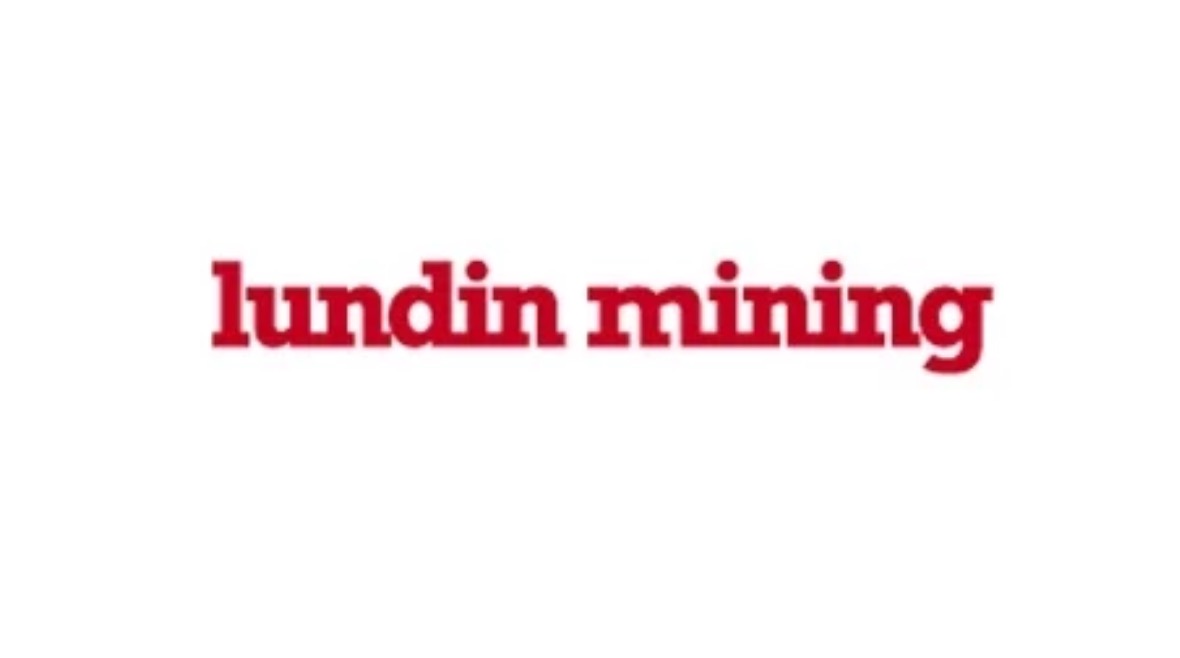by Sonal Desai, Ph.D., Chief Investment Officer, Portfolio Manager, Franklin Fixed Income
US growth is slowing. But to gauge both the loss of momentum and its policy implications, it’s important to sift carefully through the mix of new and revised data.
Past employment numbers have just suffered a significant downward revision: about 900,000 fewer jobs were created between April 2024 and March 2025. Nonfarm payrolls (NFPs) had indicated an increase of about 1.8 million, so this revision means that jobs growth has been only half as strong as we thought.
Jobs data are subject to frequent reassessments on a month-to-month basis, because a growing share of responses to the NFP survey are submitted late—the share of businesses that do not reply on time has doubled from 20% to 40% in the past 10 years. This is what happened with the May and June figures. This latest revision, however, is different—it happens once a year, and it benchmarks on a separate set of data: the Quarterly Census of Employment and Wages (QCEW), which covers the near totality of US jobs and relies primarily on actual data from state unemployment insurance programs, rather than surveys. The QCEW is a slower gauge, but much more comprehensive and accurate, so once a year the Bureau of Labor Statistics adjusts employment numbers to be more in line with its results—the “benchmark revision.”
This latest revision is the largest since 2008—the runners up are the one made last year and that of 2009, both negative by over 800,000. Since 2008, the average annual revision has been just over 300,000 (in absolute terms). Over the last four years, however, it averaged over 600,000—corroborating evidence that the quality of NFP survey data has deteriorated.
Jobs Data: Preliminary Benchmark Revisions
2008–2025

Sources: BLS, Bloomberg. Analysis by Franklin Templeton Fixed Income Research. As of September 10, 2025.
In some very important ways, however, this jobs revision does not change the macro picture very much.
The assessment that the labor market is broadly in balance at or close to full employment should not change, in my view. Wage growth has continued to run at a healthy, above-inflation 4% rate. If labor demand had been significantly weaker compared to supply, this should have been reflected in weaker wage growth.
The hard data on economic growth, from corporate profits to tax receipts, also remain unchanged. The broader assessment of the health of the economy, therefore, should not change dramatically. The volatile growth of the past year or so is still there—what’s new is that it is consistent with a lower employment level.
This has a couple of counterintuitive implications:
- The first is that the adverse impact on jobs growth coming from tariffs and trade uncertainty looks a lot smaller than we thought—benchmarked against much weaker jobs growth in the 12 months to the April tariff announcements.
- The second is that productivity growth must be stronger, if the same rise in economic activity has been achieved with fewer additional workers.
Both conclusions need to be taken with some caution, because this revision is preliminary and will be revised next February. But to the extent that it holds, what does it mean for the outlook? Tariff uncertainty remains, and some of the adverse impact will take more time to materialize—this uncertainty is clearly discouraging employers from hiring. But the fact that the negative effect on employment so far appears smaller than feared might alleviate concerns on what lies ahead. And if productivity growth is somewhat stronger, that bodes well for long-term growth and supports the view that the natural rate of interest is higher than the Federal Reserve (Fed) has been acknowledging.
While job Gains Have Decelerated, Labor Productivity Has Steadily Risen
1996–2025

Sources: BEA, BLS, Macrobond. Analysis by Franklin Templeton Fixed Income Research. As of September 10, 2025. GDP represents gross domestic product.
Fed Chair Jerome Powell had already signaled concern about the latest signs of weaker jobs growth and noted that a labor market equilibrium at low levels of hiring implies more downward risks. Taken together with the latest uptick in jobless claims, this revision therefore likely seals the case for a 25-basis point (bp) cut in interest rates when the Fed meets next week. I do not expect a 50-bp cut, given that August inflation came in higher than expected, with core at 3.1% and headline at 2.9% (up from 2.7% in July).
Whether we see any additional rate cuts in the remainder of 2025 will depend mostly on the extent of any further labor market deterioration in the coming months. Uncertainty is high, but one additional 25-bp cut now looks more likely, especially if confirmed in next week’s update to the Fed’s projections known as the “dots.” The current market reaction to the latest data however, with 10-year Treasury yields flirting with sub-4% levels, in my opinion is overdone and signals excessive optimism on future rate cuts. My view that we are back in an era of a higher neutral fed funds rate and higher long-term bond yields remains unchanged.
WHAT ARE THE RISKS?
All investments involve risks, including possible loss of principal.
Fixed income securities involve interest rate, credit, inflation and reinvestment risks, and possible loss of principal. As interest rates rise, the value of fixed income securities falls.
Equity securities are subject to price fluctuation and possible loss of principal.
There is no assurance that any estimate, forecast or projection will be realized.
Copyright © Franklin Fixed Income















